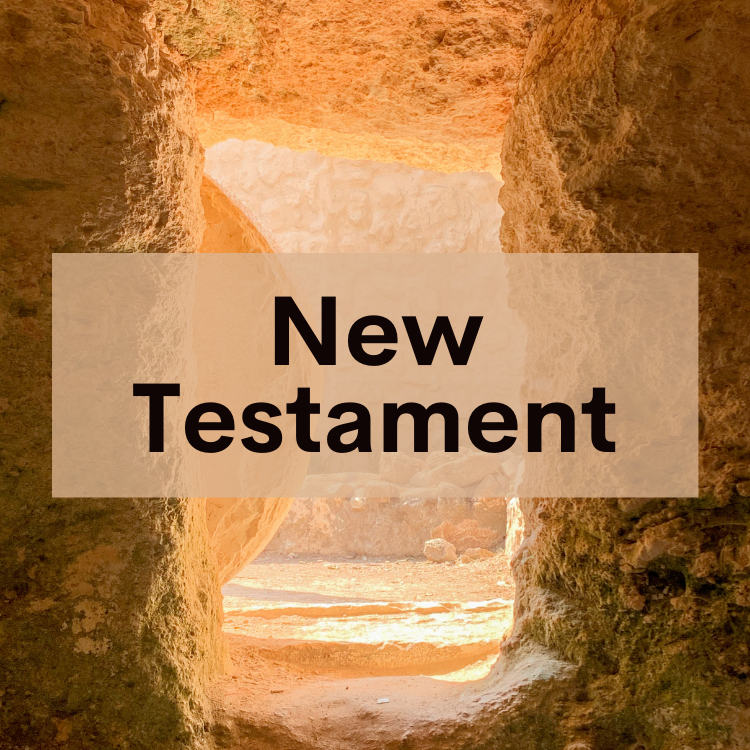Colossians in One and a Half Lessons - Part A
In this teaching we first tackle the question of why Paul wrote this letter (to address two doctrinal challenges facing the church). In addressing those problems, Paul develops the foundational idea that since Christians have died and been buried with Christ, we must now be raised with Him. This concept has profound implications regarding baptism and how we live
